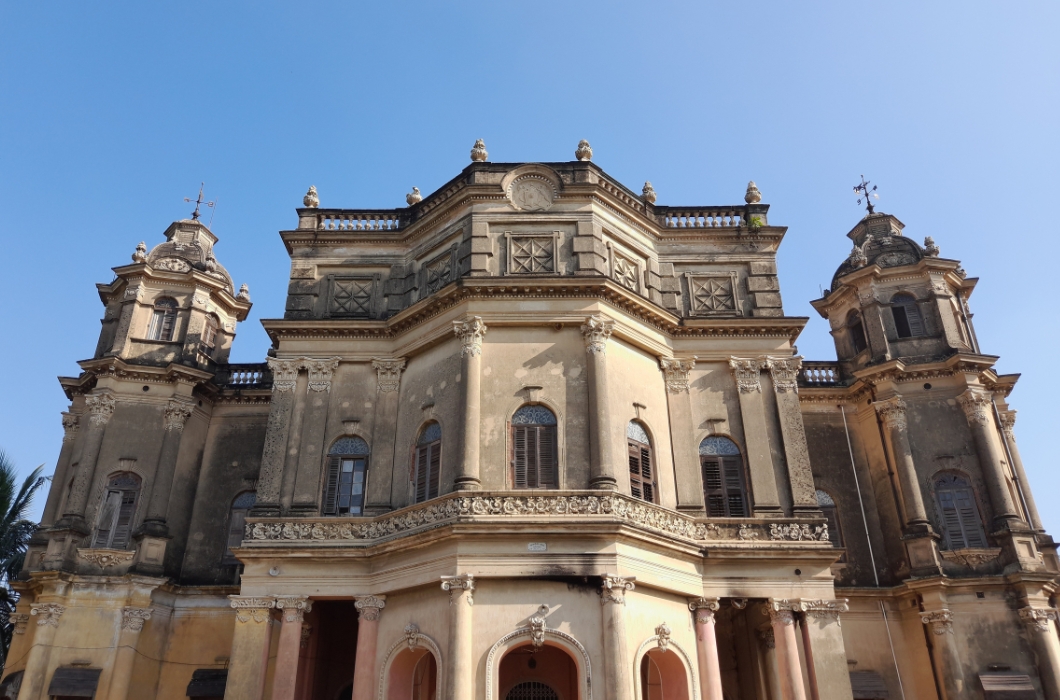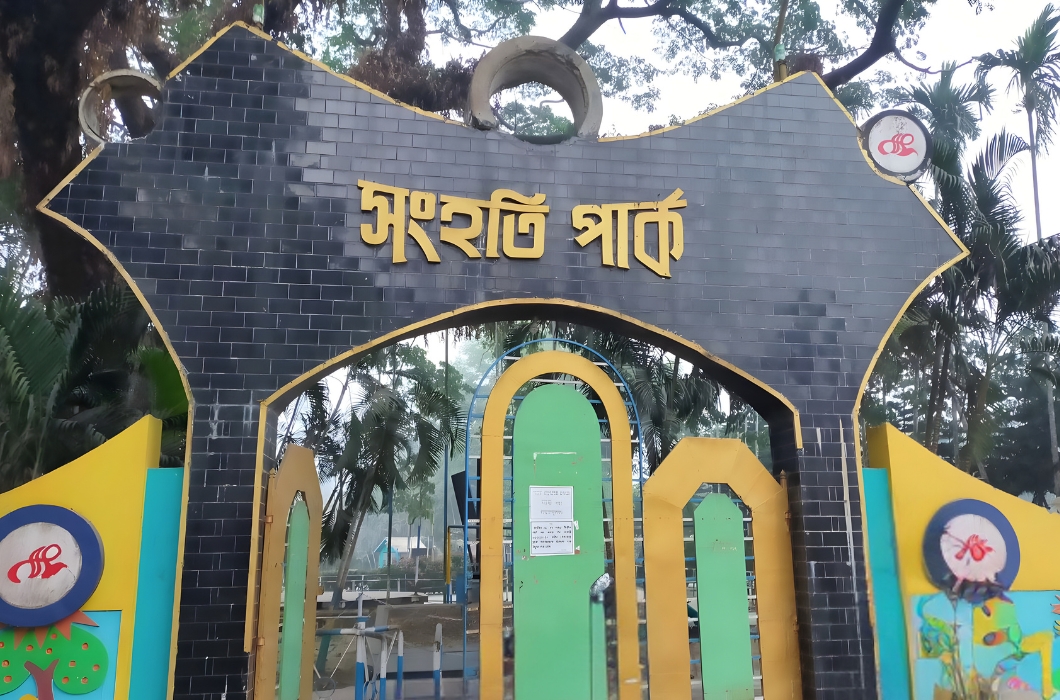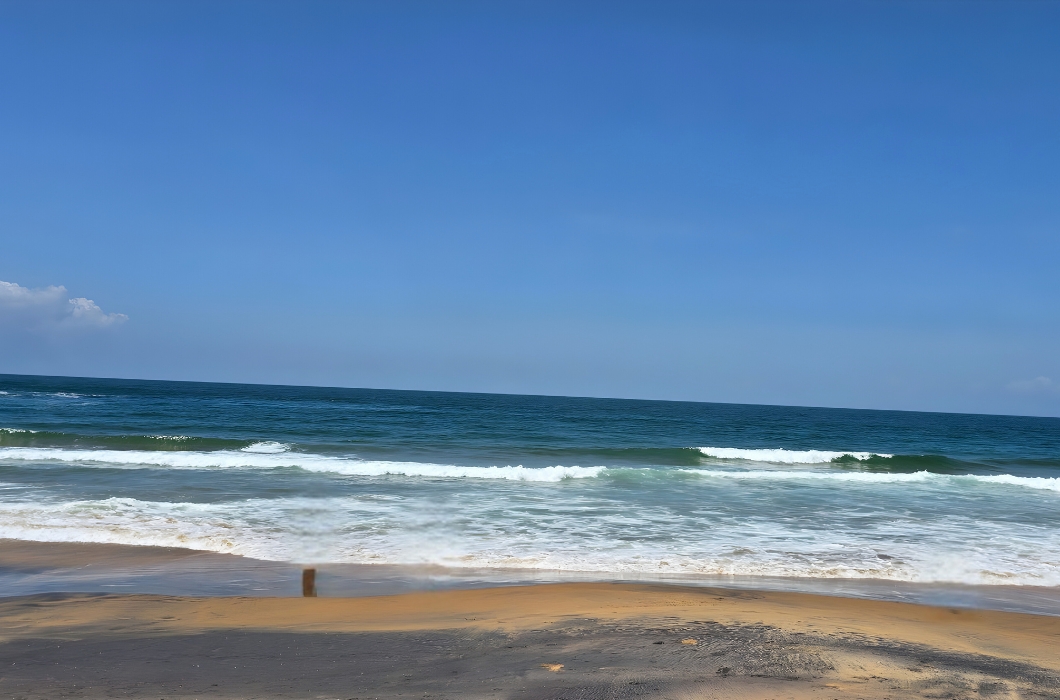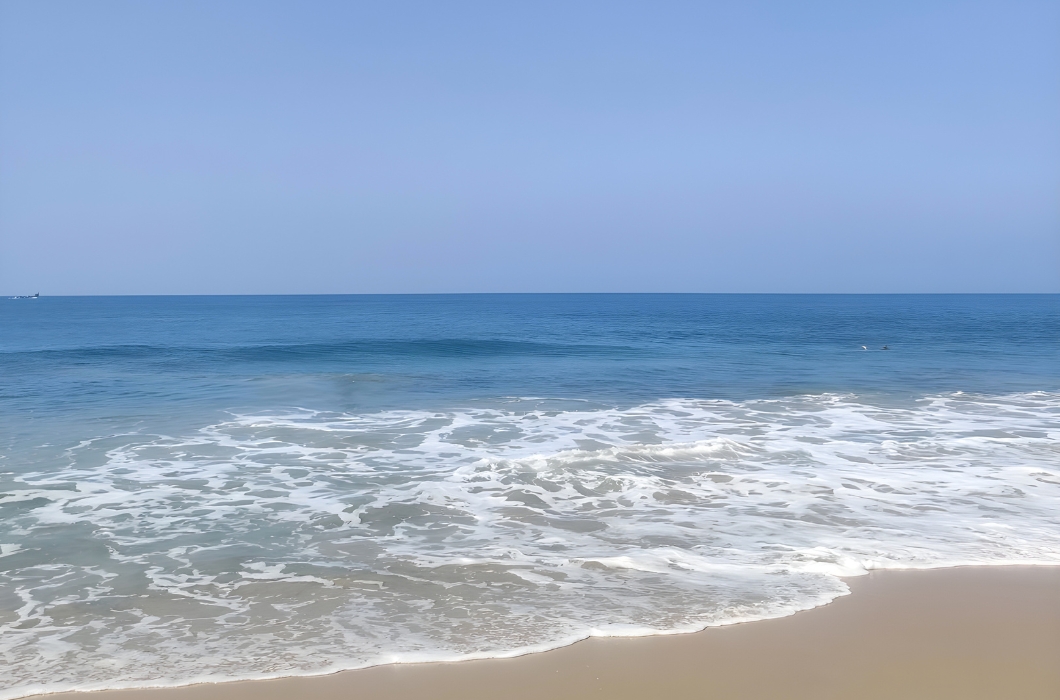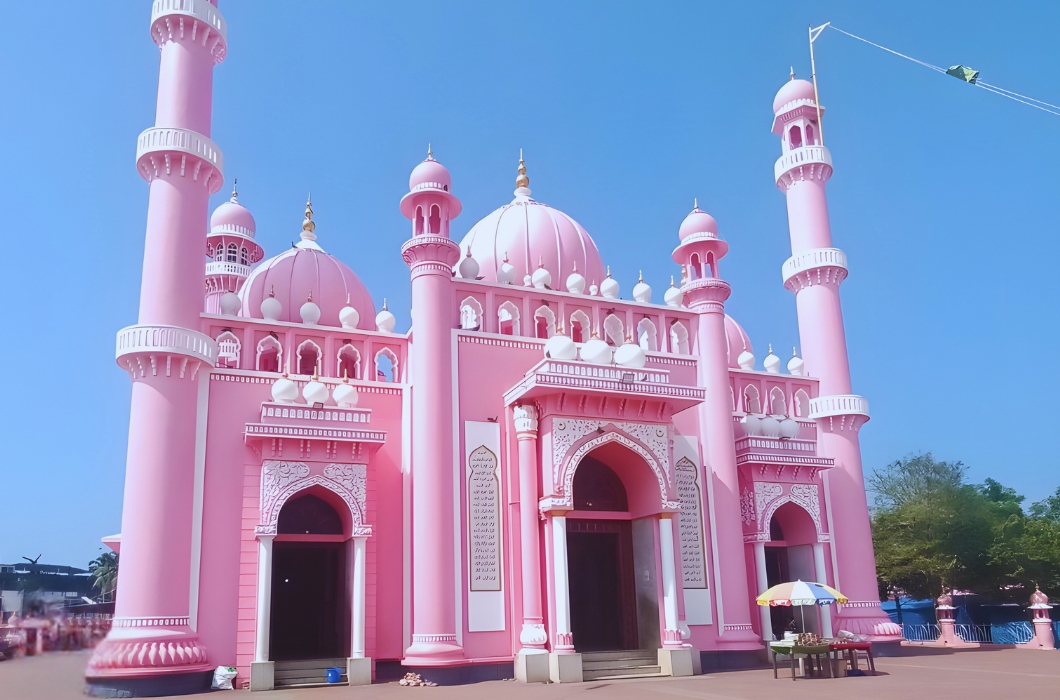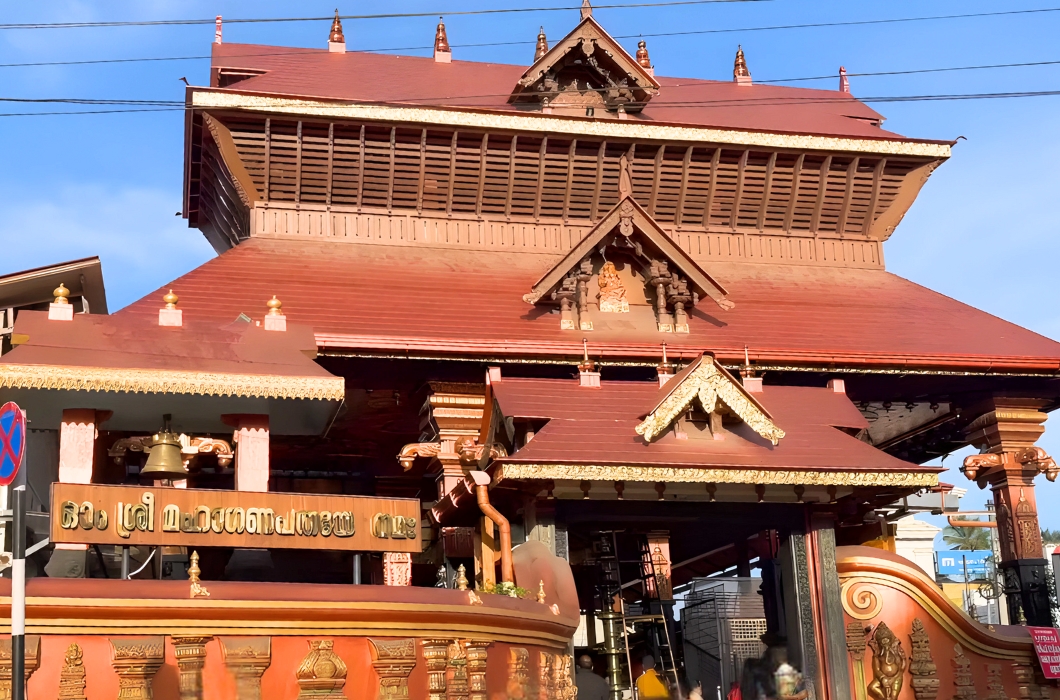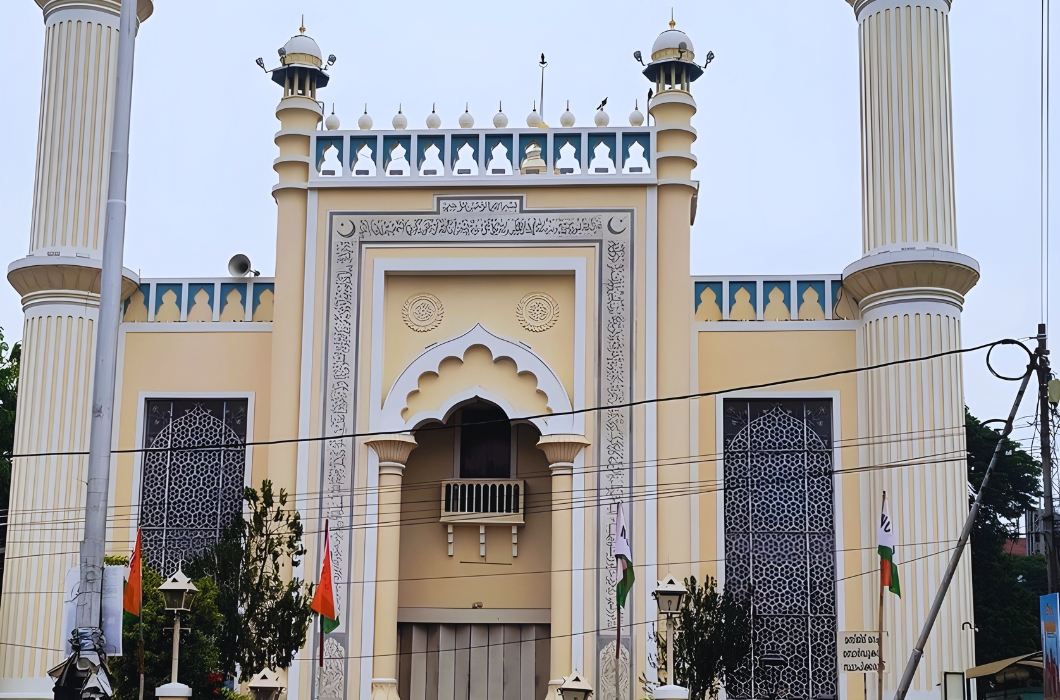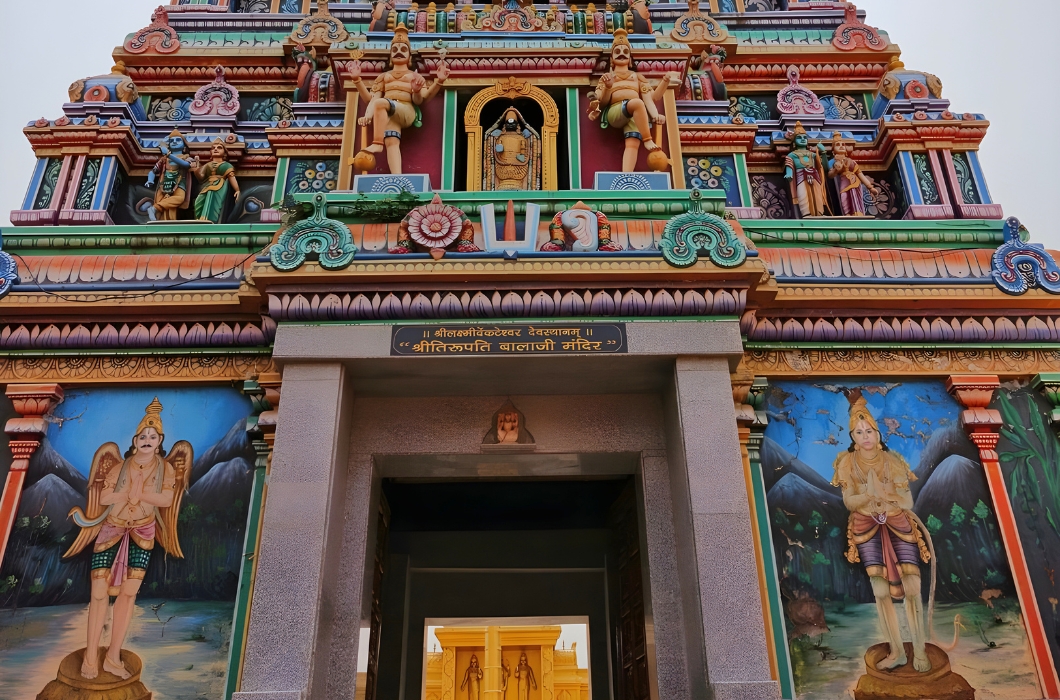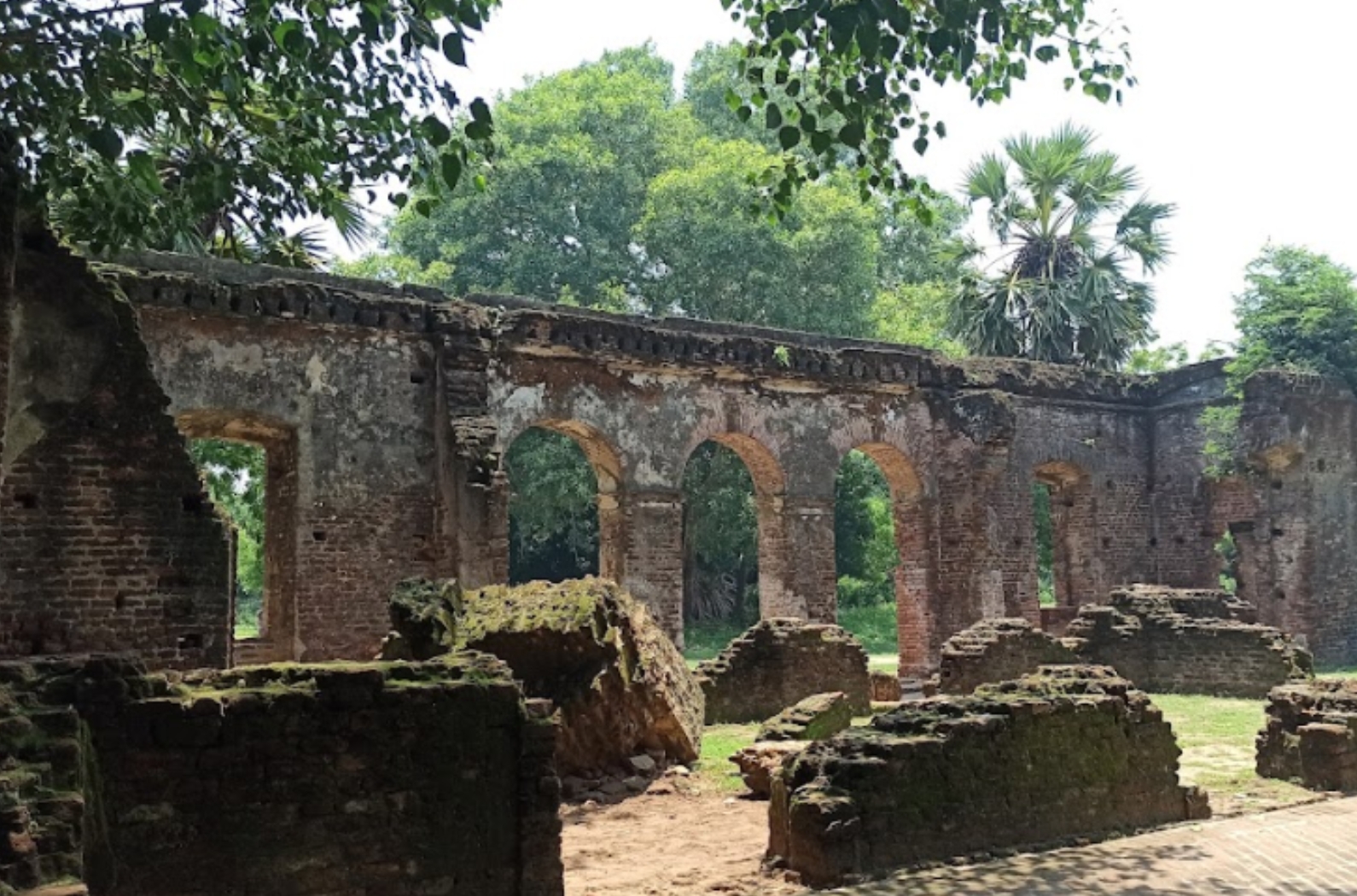 The first mention of Arikamedu was in 1734 from the consul of the Indo-French colony of Pondicherry. It informed the French East India Company that the villagers were extracting old bricks from Veerampattinam. The first mention of the Arikamedu archaeological site was by Le Gentil of France, who was commissioned by the King of France to observe significant astronomical events around the world. Gentile, after visiting Arikamedu, confirmed the earlier report of the Indo-French colonial consul. In 1765, when he visited the ruins of the site, he found villagers collecting large ancient bricks exposed on the riverbank. The villagers told him that they had recovered the bricks from an old castle of King Vira-Raguen. In 1937, Jouw Dubreuil, an Indologist from France, bought gemstone artifacts from local children and collected some that were exposed on the surface of the site. In particular, he found an intaglio carved with the image of a man. He identified the intaglio as Augustus Caesar, as a numismatist. He also found fine beads and gems. These antiquities belonged to the Roman Empire, he concluded. Dubreuil informed the local governor of Pondicherry of his find and called Arikamedu “a true Roman city”. He published a brief note about his findings. Sir R.E.M.Wheeler, Director General of the Archaeological Survey of India, found a few potsherds from the Arikamedu site in the Madras Museum in the 1940s, which he identified as Arrentine ware or “Terra Sigillata”, an expensive ceramic made up to 50 CE. in Arezzo, Italy. Then, when he visited the Pondicherry Museum and saw more finds from the Arikamedu site, he was fascinated and thought he had found a link between the classical Mediterranean and ancient India. It was then in 1945, the final year of World War II, that he began excavating in a scientific manner. He was looking for an archaeological site in India that could establish his cultural links, a record of Indian antiquities from the Greco-Roman era, and this search led him to the Arikamedu site. The excavation also involved Indian archaeologists, who were trained at the site. Wheeler published his findings in 1946. He noted that the antiquities were strange to the local fishermen of the village – as they included lamps, glassware, gemstones, cutlery and crockery, wine vessels, etc. He also noticed that traders travel from the west coast and from Ceylon, Kolchoi (Kolchi), and the Gangetic region to trade in goods such as gems, pearls, spices, and silk. He excavated carefully, so as not to damage any antiquities. This was followed after the war by investigations by Jean-Marie Casale from 1947 to 1950. His excavation report was not published as fully as Wheeler’s. In India, his report was not well known as it was not written in English. However, his important conclusion was that the site belonged to an early megalithic period, as he found megalithic tombs marked by stones, locally known as Pandukal in Tamil. The excavations yielded antiquities of Roman origin such as beads and gems, amphorae (wine vats) with remains of wine, a Roman stamp, large bricks recovered from an old wall, warehouses of the Aretines, etc. From these antiquities, Wheeler concluded that the site dates back to the period of trade with Rome and was founded by the first emperor Augustus. He also notes that this Indo-Roman trade lasted for about 200 years until 200 CE. An extensive search for glass and stone beads at the site provided Begley with links to the history of Arikamedu. He identified the beads as Indo-Pacific beads that were made at Arikamedu. Based on archaeological and structural features from the excavations, Begley and Raman established a revised sequence of six major periods of occupation of the site. The discovery of new varieties of Roman Amphorae vessels has also facilitated the revision of occupation dates. They also estimate that the site has been in continuous occupation since at least the 2nd or 3rd century BCE to a more recent period.
The first mention of Arikamedu was in 1734 from the consul of the Indo-French colony of Pondicherry. It informed the French East India Company that the villagers were extracting old bricks from Veerampattinam. The first mention of the Arikamedu archaeological site was by Le Gentil of France, who was commissioned by the King of France to observe significant astronomical events around the world. Gentile, after visiting Arikamedu, confirmed the earlier report of the Indo-French colonial consul. In 1765, when he visited the ruins of the site, he found villagers collecting large ancient bricks exposed on the riverbank. The villagers told him that they had recovered the bricks from an old castle of King Vira-Raguen. In 1937, Jouw Dubreuil, an Indologist from France, bought gemstone artifacts from local children and collected some that were exposed on the surface of the site. In particular, he found an intaglio carved with the image of a man. He identified the intaglio as Augustus Caesar, as a numismatist. He also found fine beads and gems. These antiquities belonged to the Roman Empire, he concluded. Dubreuil informed the local governor of Pondicherry of his find and called Arikamedu “a true Roman city”. He published a brief note about his findings. Sir R.E.M.Wheeler, Director General of the Archaeological Survey of India, found a few potsherds from the Arikamedu site in the Madras Museum in the 1940s, which he identified as Arrentine ware or “Terra Sigillata”, an expensive ceramic made up to 50 CE. in Arezzo, Italy. Then, when he visited the Pondicherry Museum and saw more finds from the Arikamedu site, he was fascinated and thought he had found a link between the classical Mediterranean and ancient India. It was then in 1945, the final year of World War II, that he began excavating in a scientific manner. He was looking for an archaeological site in India that could establish his cultural links, a record of Indian antiquities from the Greco-Roman era, and this search led him to the Arikamedu site. The excavation also involved Indian archaeologists, who were trained at the site. Wheeler published his findings in 1946. He noted that the antiquities were strange to the local fishermen of the village – as they included lamps, glassware, gemstones, cutlery and crockery, wine vessels, etc. He also noticed that traders travel from the west coast and from Ceylon, Kolchoi (Kolchi), and the Gangetic region to trade in goods such as gems, pearls, spices, and silk. He excavated carefully, so as not to damage any antiquities. This was followed after the war by investigations by Jean-Marie Casale from 1947 to 1950. His excavation report was not published as fully as Wheeler’s. In India, his report was not well known as it was not written in English. However, his important conclusion was that the site belonged to an early megalithic period, as he found megalithic tombs marked by stones, locally known as Pandukal in Tamil. The excavations yielded antiquities of Roman origin such as beads and gems, amphorae (wine vats) with remains of wine, a Roman stamp, large bricks recovered from an old wall, warehouses of the Aretines, etc. From these antiquities, Wheeler concluded that the site dates back to the period of trade with Rome and was founded by the first emperor Augustus. He also notes that this Indo-Roman trade lasted for about 200 years until 200 CE. An extensive search for glass and stone beads at the site provided Begley with links to the history of Arikamedu. He identified the beads as Indo-Pacific beads that were made at Arikamedu. Based on archaeological and structural features from the excavations, Begley and Raman established a revised sequence of six major periods of occupation of the site. The discovery of new varieties of Roman Amphorae vessels has also facilitated the revision of occupation dates. They also estimate that the site has been in continuous occupation since at least the 2nd or 3rd century BCE to a more recent period.


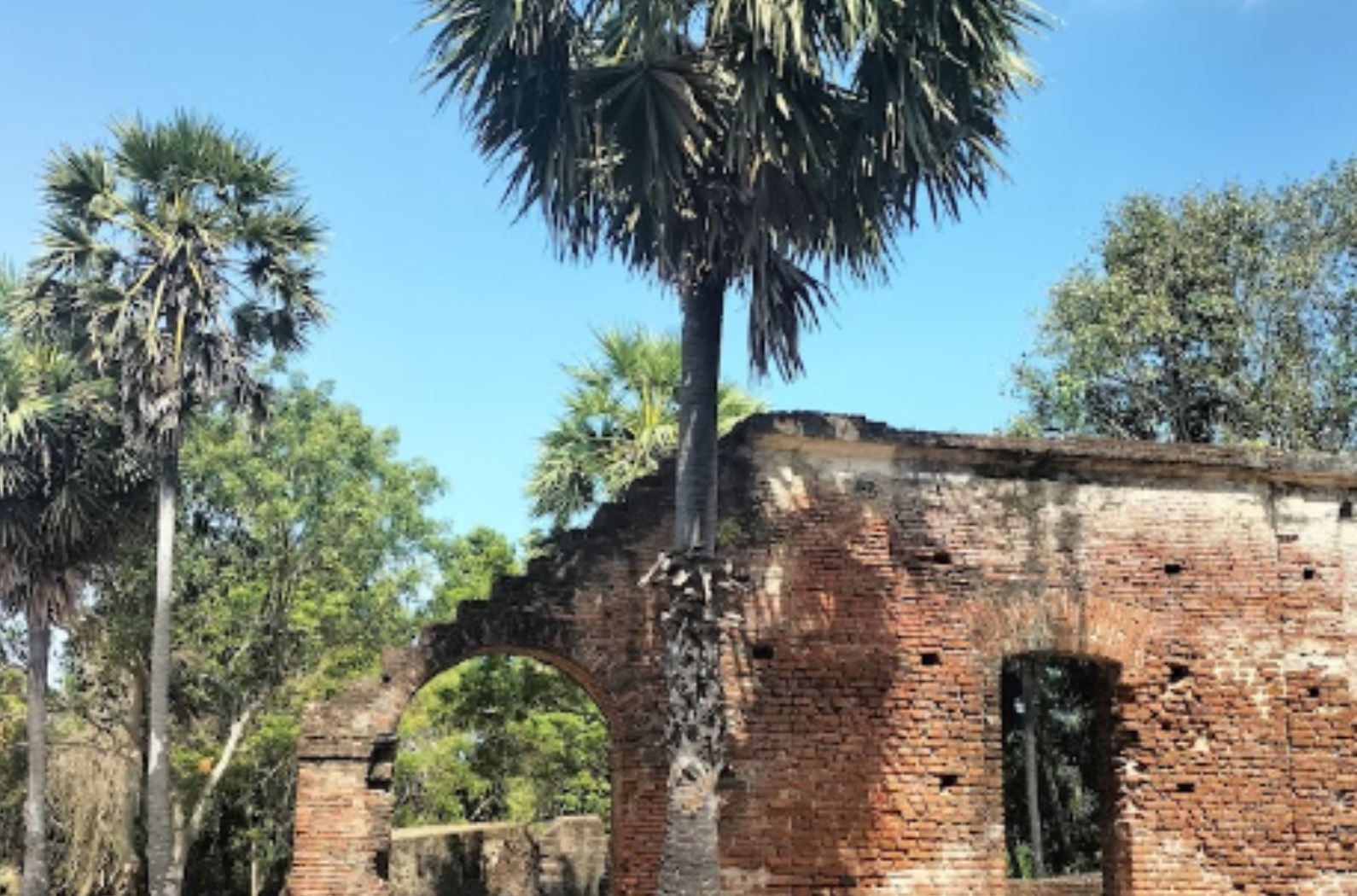 Arikamedu was an
Arikamedu was an  The first mention of Arikamedu was in 1734 from the consul of the
The first mention of Arikamedu was in 1734 from the consul of the 
